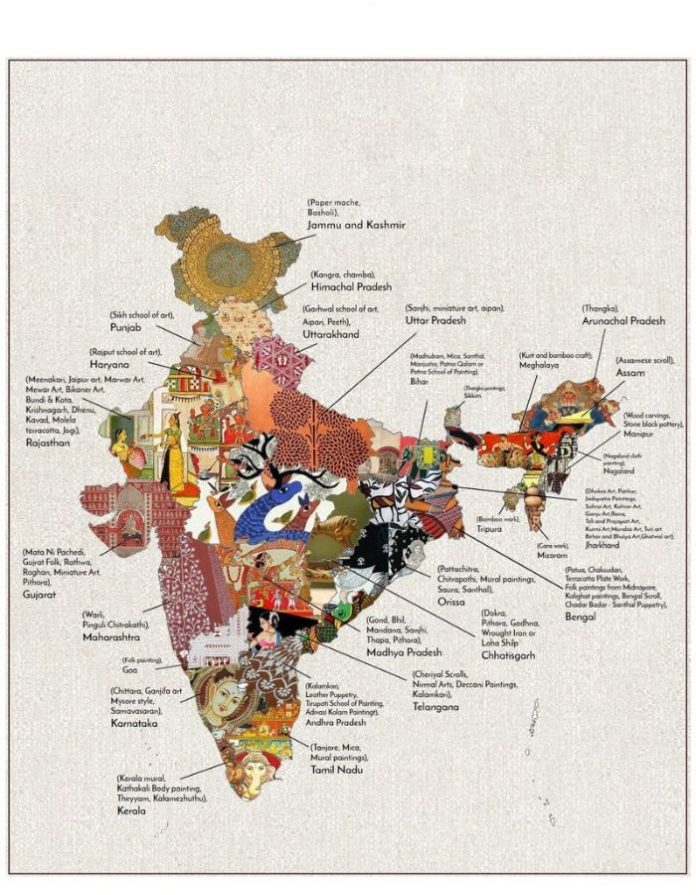This article on long-lost Indian art forms evokes a wistful longing for a bygone era, where art served not just as an outlet of expression but as an embodiment of the Indian way of life. India, a nation with a deeply rooted tradition and cultural heritage, has for centuries been home to a plethora of art forms that mirror its rich cultural inheritance. Each region of India, from the North to the South and from the East to the West, boasts of its unique art form that speaks to the beliefs, customs, and traditions of its people. Despite the wealth of this cultural richness, many of India’s art forms face the grim possibility of being lost forever.
“The art of India is the art of the people, expressing their happiness, sorrow, and religious devotion.” – Jawaharlal Nehru
Here are 5 vividly beautiful yet dwindling Indian art forms that one should know about:
Rogan Paintings – An art form from Gujarat
Rogan is a unique and traditional form of painting that originates from the marshy desert of Kutch in Gujarat and is over 300 years old. This exceptional form of artwork is a testament to India’s rich and diverse artistic heritage, where a stylus is used with castor oil-based colours and a slender 6-inch metal rod to create intricate and vibrant patterns on fabric. The traditional art of Rogan, once prevalent across the expansive landscape of Kutch, has undergone a severe contraction, with only the Khatri family, led by Abdul Gafoor Khatri continuing to practice this distinctive craft. Having practised the craft for generations, they have been awarded the National Award for their contribution to preserving this art form. The younger generation is showing less interest in this traditional craft, and the lack of government support has made it difficult for artisans to make a sustainable livelihood. The unfortunate result is that many Rogan artists are now abandoning their craft and seeking alternative occupations, leaving this ancient art form to slowly fade into anonymity.
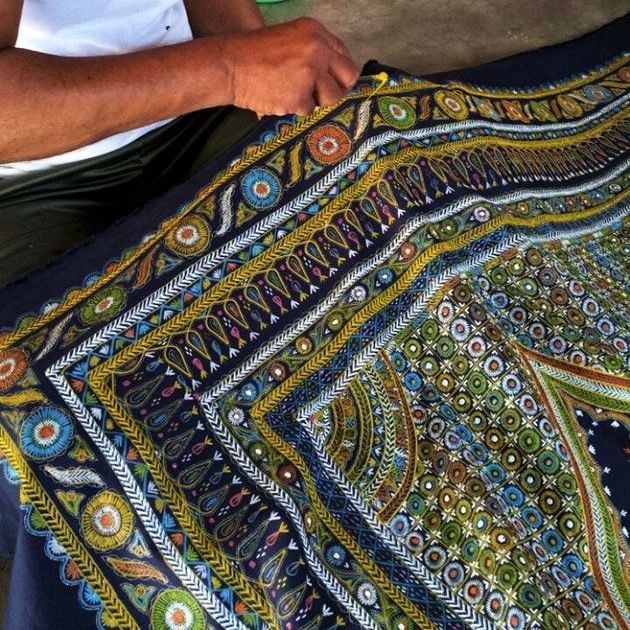
Manjusha Art – The art of painting from Bihar
Manjusha art is a vibrant folk painting style originating from the Bhagalpur region of Bihar, India. This traditional art form, which depicts the life of the local deity Manjusha Devi through bold lines and vibrant colours, was once popular among the people of the region. This art form gained popularity during the Bishahari festival, dedicated to the snake god, where it was exclusively used for ceremonial purposes. With the arrival of the British in India, Manjusha art gained recognition and was widely practised. However, in the mid-20th century, the art form experienced a decline and is now on the brink of extinction. Bhaskar Karmakar, an artist who has been practising Manjusha painting for more than five decades, has been recognized for his outstanding contribution to the art form with the prestigious National Award. However, Karmakar remains apprehensive about the future of Manjusha art, as the number of artists practising this style is rapidly dwindling. Without immediate measures to revive and promote this valuable part of the region’s cultural heritage, Manjusha art may become a thing of the past. The perilous state of Manjusha art is a cause for concern, as it not only represents the rich artistic legacy of the Bhagalpur region but also the larger cultural heritage of India.
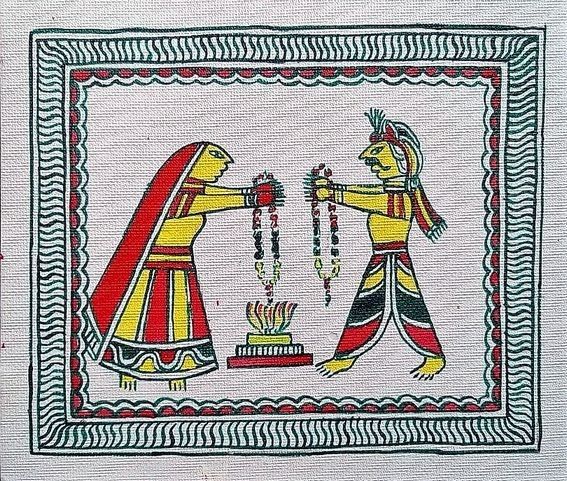
Dhokra Art – The art of metal sculpting
Dhokra art is an age-old metal casting technique that has been practised for over 4,000 years by tribal communities mainly in the states of Odisha, West Bengal, and Jharkhand in India. This unique form of art involves intricate metal sculptures crafted using the lost-wax casting method. Each sculpture is entirely handmade, showcasing the expertise and creativity of the artisans. The sculptures often depict human figures, animals, and birds, and serve as decorative items or religious artefacts. Despite having skilled artisans like Sadeibarai Seth, who has been practising Dhokra art for over four decades, this traditional craft is facing the threat of extinction. Despite its rich history and cultural significance, Dhokra art is facing the threat of extinction, with many artisans struggling to earn a livelihood from this traditional craft. This is a matter of concern as Dhokra art holds immense cultural significance and is an essential part of India’s rich artistic heritage.
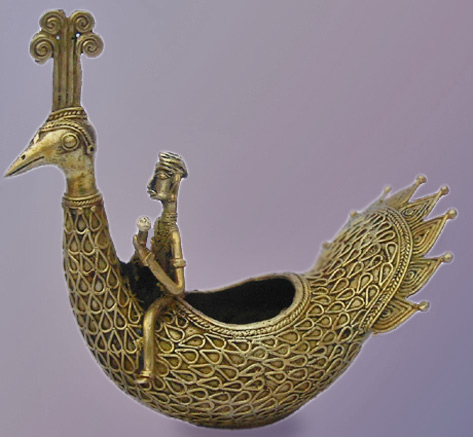
Toda Embroidery – An art of needlework from Tamil Nadu
Toda embroidery is a traditional form of needlework that originated in the Nilgiri Hills of Tamil Nadu, India. This art form is exclusively practised by the Toda tribe, who are known for their distinctive culture and traditions. Toda embroidery involves the use of bright-coloured threads and geometric designs to create intricate patterns on shawls, capes, and other garments. The female artisans of the Toda tribe use white cloth as a canvas and deftly weave red and black threads to create improvised motifs. One famous Toda embroiderer is Shantha Kumari, who has been practising the Indian art form for over four decades. She has won several awards for her exquisite embroidery work and has contributed significantly to the preservation of this traditional craft. However, despite the efforts of artisans like Shantha Kumari, Toda embroidery is struggling to survive in the face of modernization and changing attitudes.
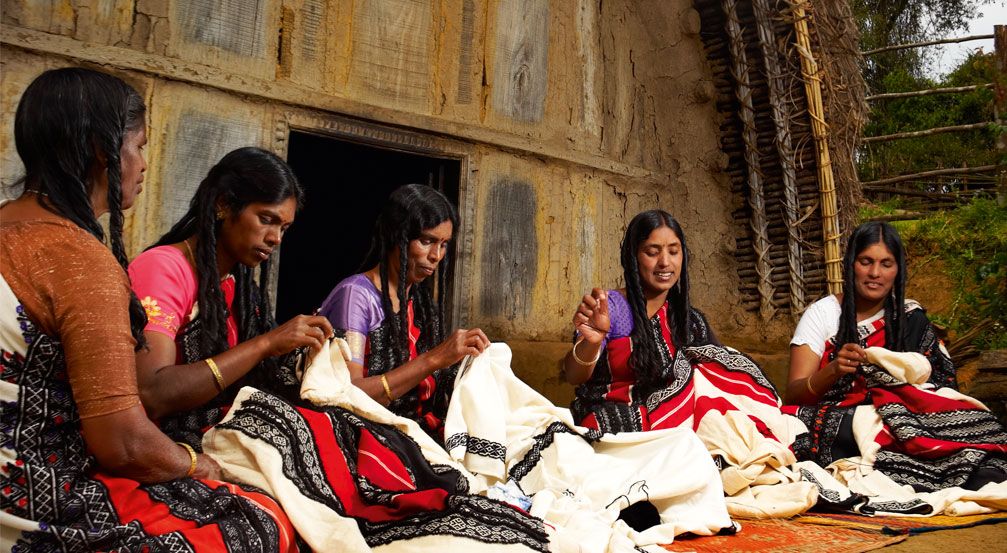
Naga Handicrafts – An art form from Nagaland
Naga handicrafts are a centuries-old form of traditional art that encompasses weaving, carving, pottery, basketry, and jewellery-making using natural materials such as bamboo, cane, wood, and animal bones. These visually stunning handicrafts serve both practical and ceremonial purposes in the daily lives of the Naga people of Northeast India. The cultural and religious significance of these crafts is profound, with many used in various rituals and ceremonies. A notable artisan in this field is Lipokmanen Longkumer, who has spent over 25 years mastering the intricate techniques of Naga weaving, creating stunning designs on shawls, sarees, and other garments while also preserving his tribe’s cultural heritage. Despite its rich cultural and historical significance, Naga handicrafts as one of the beautiful traditional Indian art forms are at risk of disappearing as modernity and changing economic circumstances have led to a decline in artisans and their skills.
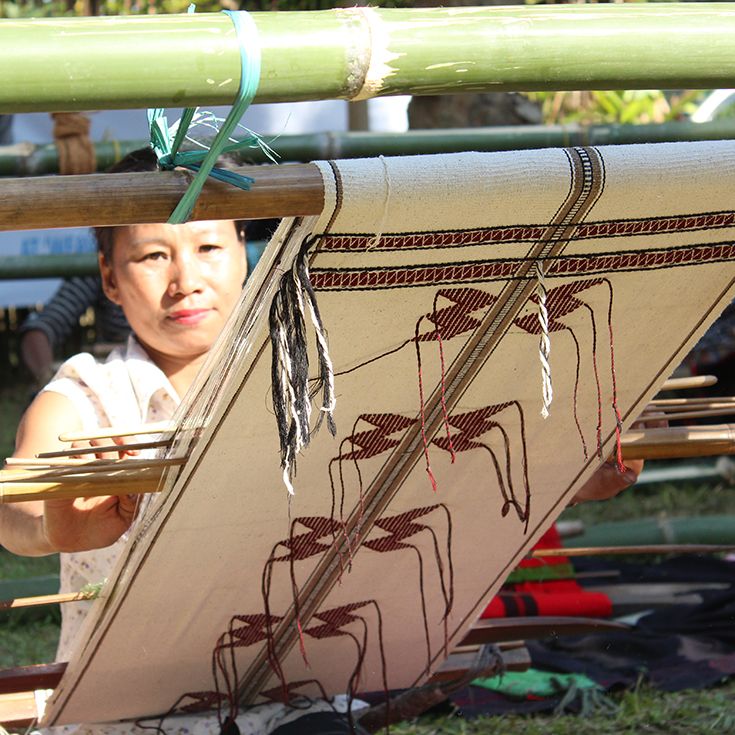
Preserving ancient Indian art forms is crucial for protecting the country’s cultural heritage. These forms not only represent India’s diverse artistic legacy but also reflect the customs, traditions, and beliefs of its people. Losing any art form would not only diminish the country’s cultural richness but also deprive future generations of their heritage. It is essential to revive and promote these valuable art forms, provide support to artists, and educate the public about their importance. By doing so, we can ensure that these art forms continue to thrive for generations to come and are not lost over time.





















